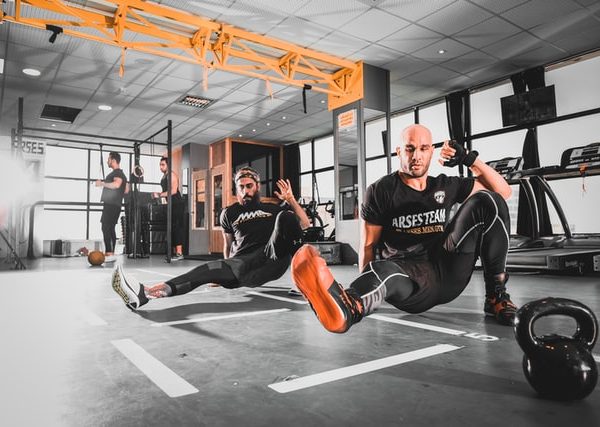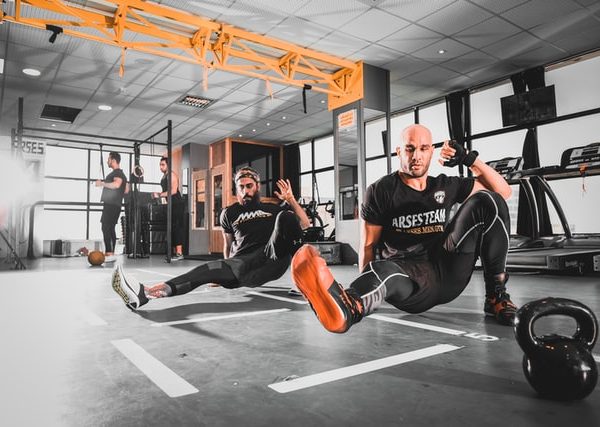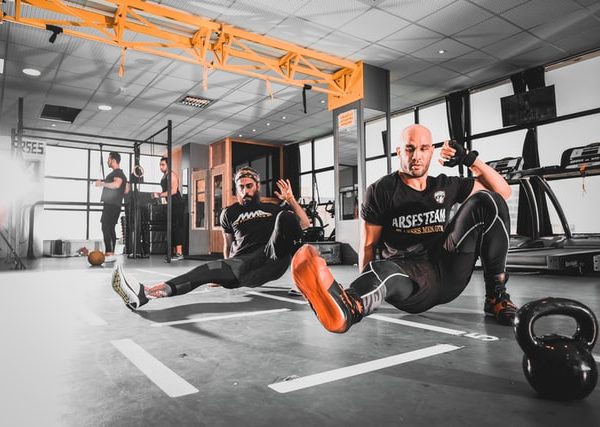Why you shouldn’t turn strength into cycling – bikerbuys.com
Transforming strength into cycling: how many times have we heard this phrase? Many athletic trainers recommend long or intense sessions on the rollers immediately after performing a weight training to “transform strength“. It is an outdated concept, which we can compare to “lactic acid creates the pains of the day after” but which is still very present in the world of cycling. In this article we will look at what the scientific literature says about the practice of transforming strength in cycling.

Muscle strength vs. muscle memory
To begin our journey that will lead us to understand why we must not transform strength into cycling, we must first try to understand why this practice is used and recommended so often. The theory is the following: first I train muscle strength and then I transform it into functional pedaling strength by performing a session on the rollers. This concept is based on a misconception between muscle strength and muscle memory:
Muscle strength: is the ability that the muscle has to resist external forces through muscle contraction. There are different types of muscle strength and the one most used during pedaling is the resistant force, that is the ability to resist external forces that do not exceed 30% of the maximum muscle contraction;
Muscle memory: is the ability of the nervous system to learn a gesture and therefore to optimize the activation of the muscles responsible for that type of movement (concept defined by the principle of Webb or of “greasing the groove”). This type of ability is also called motor control and depends on the ability of the nervous system to refine intramuscular coordination (ie between the various muscles) and passes between stages which are coarse, fine coordination and variable availability;
Muscle strength is trained through adequate resistance training while muscle memory is trained with continuous repetition of the gesture. Strength is then trained by lifting weights while what we train by pedaling is muscle memory. Furthermore, the effects of an aerobic endurance training performed immediately after strength training triggers a particular situation called “concurrent training”.

Transforming strength and concurrent training
Concurrent training is the practice of training muscle strength and aerobic endurance in the same session and is the classic example of training with the rollers performed immediately after a strength session, to “transform” strength.
Basically what happens during concurrent training? Strength and endurance training create a sort of interference between proteins that have the action of triggering muscle protein synthesis (these proteins are AMPK and PKB-mTOR, for those wishing to learn more).
For example, in the study “Effects of high-intensity interval cycling performed after resistance training on muscle strength and hypertrophy” (Scandinavian Journal of Medicine and Science in Sports, 2016), 22 subjects were divided into two groups. One group did strength training while the second group did the same workout followed by interval training on the rollers. The program lasted 8 weeks, with 2 sessions per week. Muscle strength and Rate force development (RFD), i.e. the ability to generate force, were measured before and after the program. On average both groups had gained the same muscle strength but the group that had cycled immediately after weight training showed less force expression . In essence, they were less efficient, since the two contiguous workouts had produced interference in neuromuscular adaptations.
What to do instead of transforming the force
It is not only cycling that suffers from this idea that strength “must transform”. As a boy I practiced martial arts and boxing and one of the most used training in the boxing world is to “shadow boxing” the boxer with weights in hand, thinking that this will help him become stronger and faster . While studies show that this training actually makes boxers slower and does not improve muscle strength , it is still applied so extensively that it is a habit. Exactly like in cycling, where SFR (strength resistance climbs) are still prescribed after strength training with the leg extension.
Instead, it is good to work in a more global and functional way. Instead of pedaling immediately after training the strength because “I have to transform it”, it is better to allow time (a few hours) to pass between the two sessions, to avoid neuromuscular interference. Instead, it is better to dedicate yourself to training joint mobility as a cool-down, which is one of the weak points of many cyclists that I have evaluated in recent years.
I know very well that this article will not change the attitude that many athletes and trainers have towards “transforming strength” (just as that of boxers towards empty sparring with weights will not change). What I want to emphasize is that scientific research goes on and just as “weights make you big and slow” or “lactic acid makes you pain the next day” are phrases that were once in common use but have now been downgraded from science into urban legends, so maybe one day we will optimize our workouts on a more scientific and less alchemical basis.





